By Josh Cosford, Contributing Editor
The fluid power industry takes common knowledge for granted, but we often forget every single individual in our industry was once completely ignorant of the basics. The quest for knowledge starts with the basics, and what is more basic than knowing the difference between two fundamental hydraulic hose construction types.
What the difference is between wire braid and spiral wound hydraulic hose is a common and fair question. After all, not everyone starts their career as a hydraulic hose assembly and repair technician. Both wire braid and spiral wound wire perform the same task, albeit with slight variations.
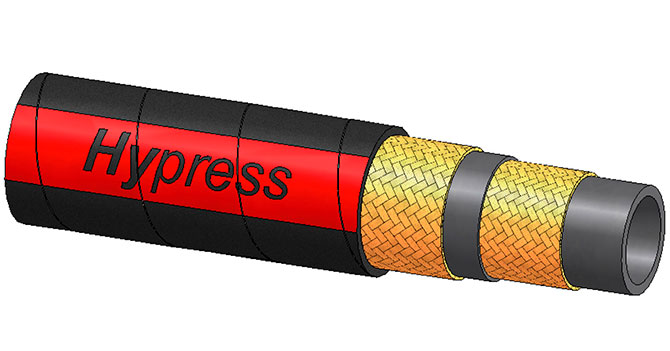
A wire braided hose consists of crossing and woven high tensile steel wires overlapping one another to reinforce the tube below. Wire braiding machines perform a complex task of winding the wire intricately around the tube, like dancers around a horizontal maypole. The overlapping nature of braided wire not only increases burst resistance to the tube but also allows flexibility between the braids. The crisscrossing braided wire has more tensile play than a spiral hose, resulting in tighter bend radius and overall flexibility.
A spiral wound hose consists of two or more sets of helically wrapped high-tensile wire that exhibits exemplary strength, making the hose very strong but also very rigid. The resistance to pressure spikes is exceptionally high, especially compared to a braided hose. However, the bend radius suffers, and spiral wound hose is highly resistant to bending. This effect is especially pronounced with 4- or 6-wire hoses, which are required from many large diameter, high-pressure applications.
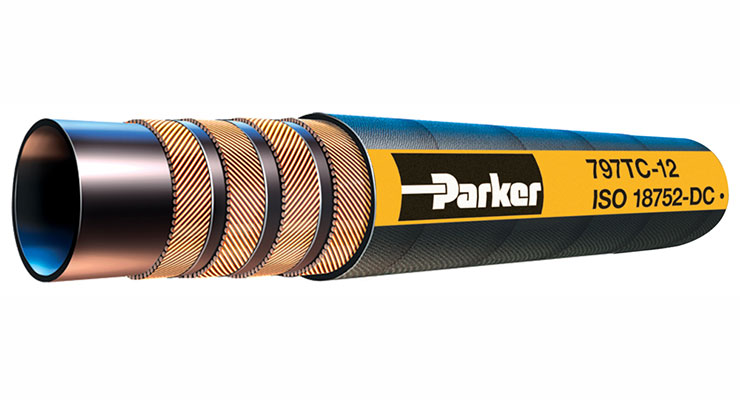
Which to choose will depend on your application, although technology advances are improving the strength of braided hose, while conversely, other technological advancements are improving the flexibility of spiral wound hose. The hose industry is highly competitive, so you can expect improvements in both construction types as materials and manufacturing advances.

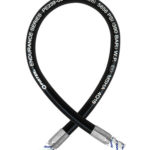
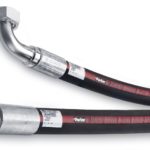
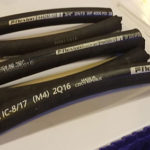
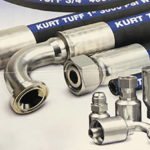
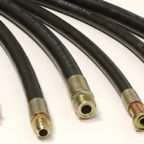
I knew that there was a difference but I did not know which was which. THANKS for the education. I am an EE so I might be excused for not knowing.